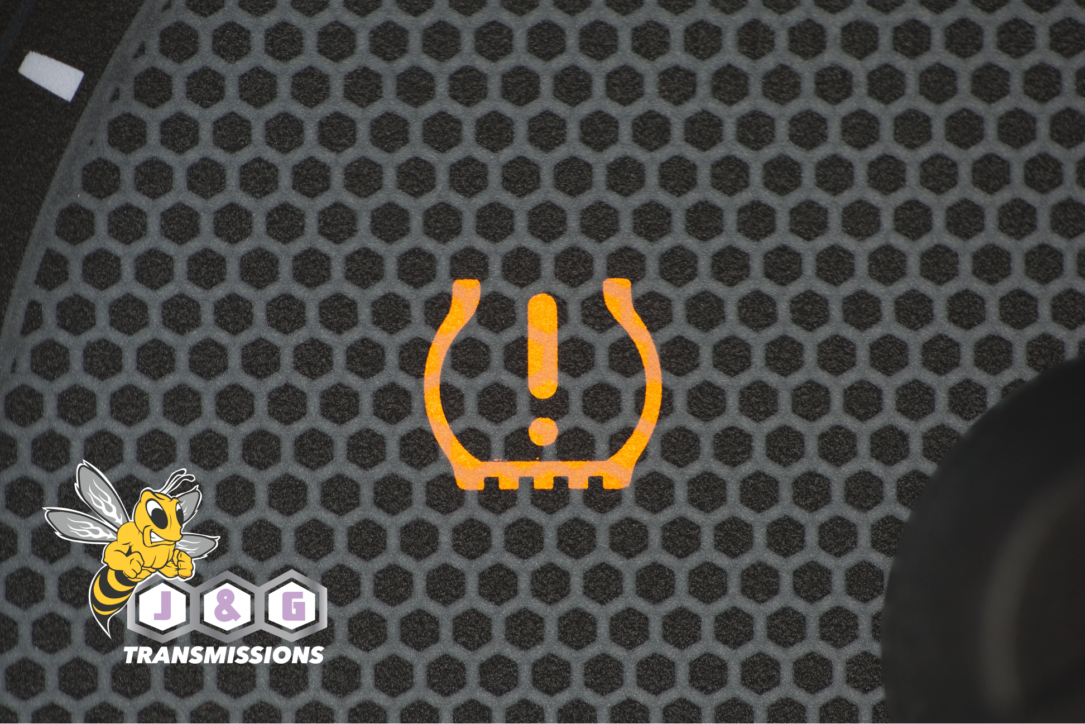Changing weather and temperatures have an impact on your vehicle’s tires. Although the changes may be rather small, it can impact the life of your tires and your wallet. Tire pressure normally changes about one pound for every ten-degree change in temperature.
Every vehicle manufacturer has a recommended pressure for each tire. The pressure is always the recommended pressure when the tires are still cold. Driving with a higher or lower air pressure than the recommended amount will lower the life span of the tire.
Tires will naturally experience a rise in temperature as the vehicle is driven and as the outside air temperature rises. If a tire is underinflated, more of the tire comes into contact with the road surface. This will wear out a tire faster and make your vehicle slower to respond.
When a tire is overinflated, it means that less of the tire is in contact with the road. This will also shorten the life of the tire and give you less control and braking ability.
As far as fuel economy goes, when a tire is underinflated, it will lower your gas mileage. This will occur at a rate of 0.2% for every pound of lower average pressure of all the tires.
Do not fill your tires up to the pressure shown on the tire. This is the maximum air pressure and if you fill it up to that pressure you will shorten the life of your tire. Refer to the label on the door of your vehicle or to your car’s manual for the correct pressure.
If you live in the Murray, UT area, J & G Transmissions can help ensure you get the right tires for your vehicle and that they are properly inflated. For more information, call us today at (801) 262-2321 or visit www.jandgtransmissions.com.

